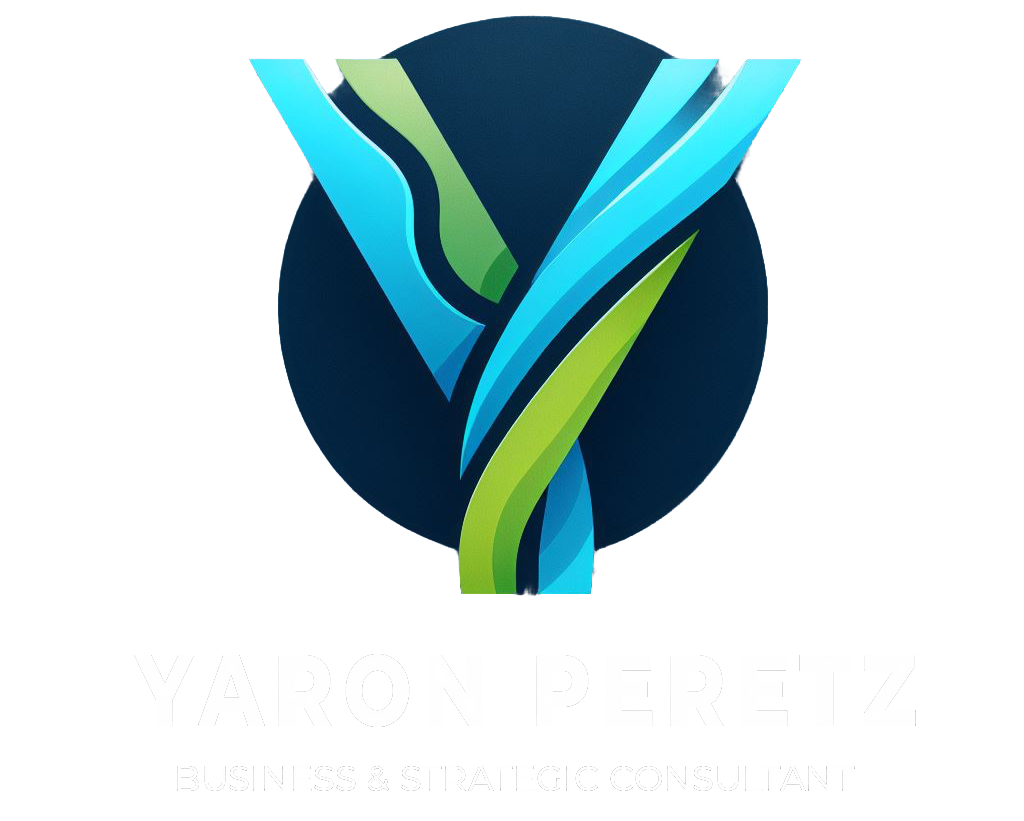In the search for organizational success, the journey to excellence begins with strategic planning, skills management, and continuous adaptation. The path to building a successful company involves a series of interrelated steps that form the backbone of an effective business model.
This article examines personal perspective on how to navigate the challenges that surround the company and gives direction on how to deal with the challenges on the one hand and thrive in the competitive landscape on the other.
The North Star vision of business strategy.
The beginning of any successful company is a clear and compelling vision. This vision serves as the North Star and guides every decision, strategy, and action. The vision encapsulates what the company aspires to achieve in the long term and sets a course for its journey forward. A well-articulated vision succeeds in aligning the various stakeholders in the company and those associated with it, as well as the vision motivation, and provides a benchmark against which progress can be measured.
Strategic planning – the roadmap for implementation.
After determining the vision, the next step is to chart the path towards its realization. Strategic planning involves outlining a comprehensive roadmap, which includes control points for monitoring progress, adjusting strategies, and ensuring alignment with the overarching vision. This dynamic process requires an understanding of the market, competition, and internal capabilities, and enables informed decision-making and resource allocation.
A clear business plan, and financing the plan at all stages.
Practical business plans translate a firm’s strategy into a business plan.
A vision, a strategic plan, a business plan – all these are drained into one source of vitality – funding.
These funding lines feed and power the various sectors of the organization, from operations and marketing to finance and human resources. An essential component of financial strategy is securing lines of credit from both banks and nonbank lenders.
Such financial scaffolding not only supports day-to-day operations but also generates initiatives for expansion and growth
Human capital – the cornerstone of success.
At the heart of any successful organization are its people. Mentoring and training managers and employees are essential to fostering a skilled and motivated workforce. No less important is establishing reward and incentive systems that match personal achievements with the company’s goals, fostering a culture of excellence and responsibility.
Regulatory compliance and risk management.
In today’s complex regulatory environment, the employment of compliance and management officers is bound by reality. These professionals ensure that the company complies with legal standards and regulations of the business environment, they reduce risks and preserve the reputation of the enterprise, in particular in international organizations.
Financial skills and operational excellence.
The management of the credit lines that the company needs, together with an in-depth understanding of the existing financial instruments, are the basis for the development and survivability of the company together with the development of detailed work plans, which take into account the flow of financing oxygen of the credit lines that the company has raised, ensures operational excellence, providing a clear framework for execution and monitoring.
Generational leadership and change management.
Planning a generational change in leadership is essential for legacy, family-owned businesses. This process and providing business mentoring to the new management team ensures continuity and infusion of new perspectives. Leading and closely accompanying change processes within the organization is essential for navigating the ever-evolving and changing business landscape, enabling the company to remain agile, innovative, and competitive.
Summary-Symphony of Success.
Building and managing a successful company is like conducting a symphony. This requires an exemplary combination of foresight through precision of vision and strategy, integration of financial knowledge, human capital development, and especially adaptive leadership. By following this holistic approach, businesses can not only achieve their vision but also maintain growth and excellence in an ever-changing world. The journey from the beginning to prosperity is complex, But with the right strategies and dedication, the road to success is within reach.
Yaron peretz
ex-senior manager in bank Leumi




